2025 Holiday Shopping Trends and How Shopify Brands Can Act on Them
The 2025 holiday season is going to be a bit different than last year. This year, holiday shopping is shaped by caution, convenience, and content. Shoppers are still spending, but they’re spending smarter — comparing prices, starting early, and expecting brands to meet them with real value from start to finish.
Now, consumers are looking beyond discounts. Due to the evolving consumer behaviour, shoppers are now discovering products through TikTok and gift guides, checking reviews before buying, and walking away if checkout takes too long.
For Shopify merchants, that means the basics aren’t enough. You need clear messaging, fast mobile UX, personalized deals, and so on, along with a post-holiday plan to keep momentum going. It means thinking ahead, showing up where your customers are, and making every part of the shopping journey as simple and clear as possible.
This guide breaks down:
- The 9 biggest Holiday Shopping Trends shaping holiday e-commerce in 2025
- What holiday shoppers expect — and how to meet them there
- How Shopify brands can stay ahead of the competition
Let’s get into it and make sure your store isn’t just ready — it’s ahead.
Holiday Shopping Trends and Insights
Holiday Shopping Trends No. 1: Convenience Comes First
Today’s holiday shoppers are busy, impatient, and overloaded. They don’t want to jump through hoops; they want fast, easy, and flexible shopping from click to doorstep. In 2025, convenience isn’t just a nice-to-have. It’s a conversion driver.
How to Act on This Trend:
Here’s how Shopify brands can turn convenience into a competitive edge this holiday season:
1. Offer flexible fulfillment options
- Support BOPIS (buy online, pick up in store), local delivery, and reliable shipping windows.
- Let customers choose how and when they receive their orders.
- Also, did you know that 97.2 million Americans regularly use “buy online, pickup in-store?”
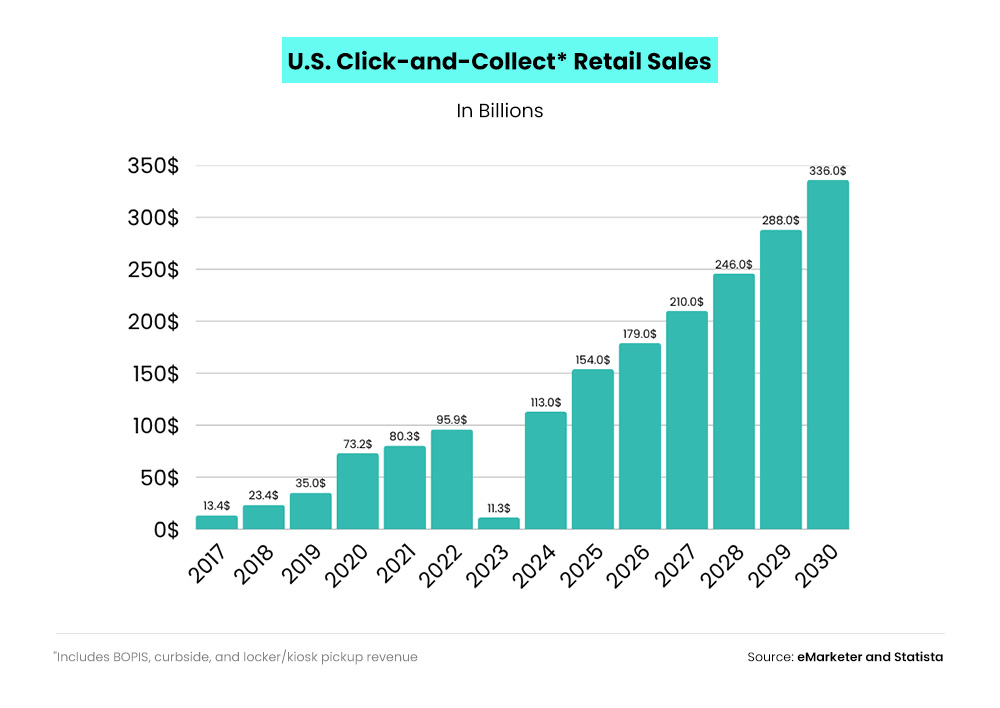
2. Set clear free shipping thresholds
- Boost average order value by offering free shipping above a spend threshold.
- Display progress bars in the cart to encourage higher spend.
3. Enable Buy Now, Pay Later (BNPL)
- Add BNPL options like Shop Pay Installments or Afterpay.
- Helps convert shoppers who are hesitant about upfront costs, especially on high-ticket items.
- Fun fact: Holiday shoppers spent $18.2 billion using BNPL during the 2024 holiday season alone.
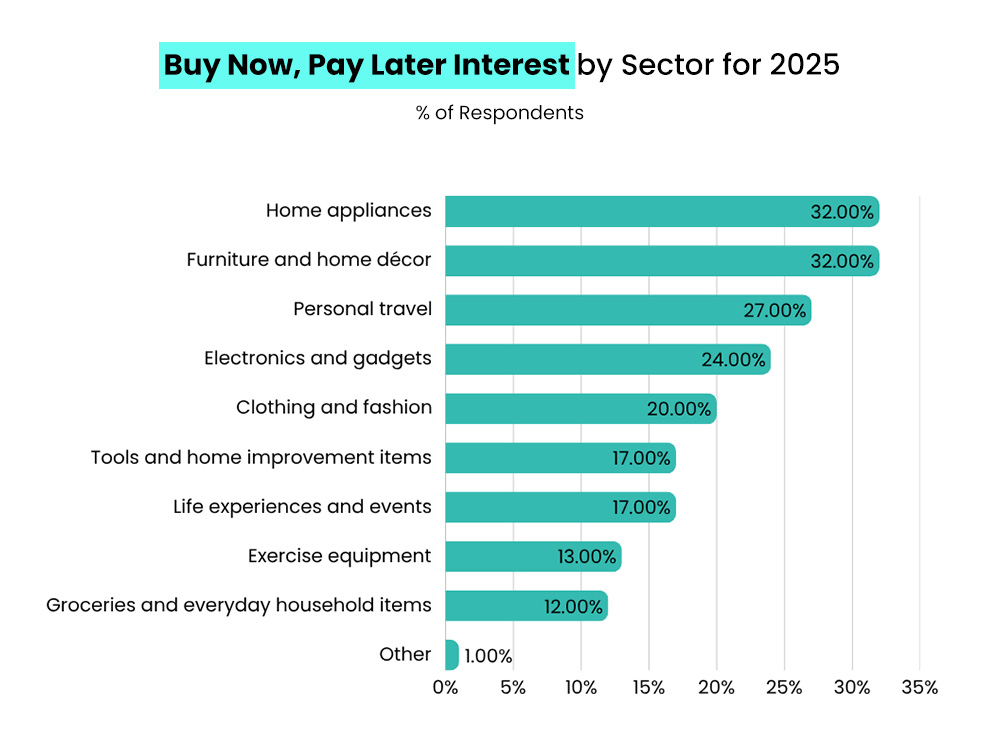
4. Optimize for mobile payments and express checkout
- Integrate Shop Pay, Apple Pay, and PayPal Express.
- Reduce checkout steps and friction on mobile.
5. Display estimated delivery dates
- Show dynamic delivery estimates like “Arrives by Dec 22” on product pages and checkout.
- Builds buyer confidence and reduces last-minute drop-offs.
6. Automate delivery tracking
- Use tools like AfterShip or Shopify’s built-in tracking to send real-time shipping updates.
- Cuts down “Where is my order?” inquiries and enhances the post-purchase experience.
7. Add reorder and subscription options
- Allow easy reordering for past purchases.
- Offer gift subscriptions for popular SKUs (candles, teas, skincare).
8. Embed live chat or chatbots for e-commerce
- Provide instant answers for shipping, gift, or payment queries.
- Use AI-powered assistants to support users outside business hours.
- According to Shopify, 51% of consumers prefer to interact with the chatbot over a human.
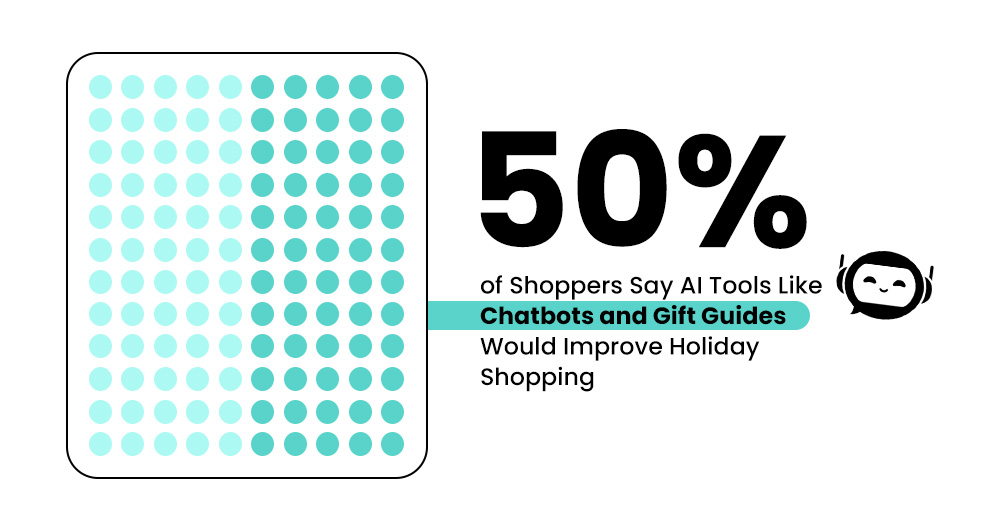
9. Enable smart autofill and pre-filled forms
- Let returning users breeze through checkout with saved address and payment info.
- Reduces friction and improves conversion, especially on mobile.
Pro Tip: In 2025, convenience = confidence. The easier and more predictable your store feels, the faster shoppers will check out, and the more likely they are to come back.
Holiday Shopping Trends No. 2: The Rise of Smart Shoppers
Nowadays, customers are doing their homework. They compare prices, hunt for deals, care about values, and plan earlier than ever. They expect transparency, trustworthiness, and value, not gimmicks.
How to Act on This Trend:
1. Offer early-bird promotions
- Launch holiday deals ahead of time to attract planners.
- Supports early holiday shopping behavior and spreads out fulfillment pressure.
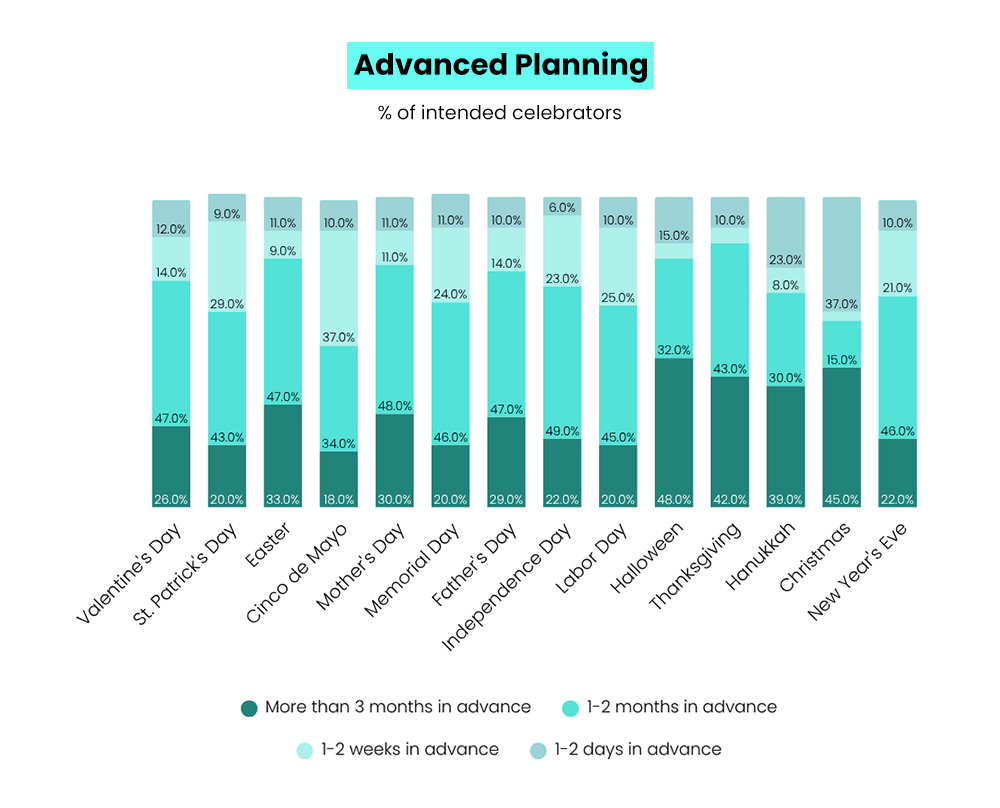
2. Create bundled savings offers
- Group products into themed value packs (e.g., “Holiday Essentials Bundle – Save 20%”).
- Appeals to price-sensitive customers looking for high-value gifting.
3. Add a price guarantee
- Offer a “Holiday Price Protection” policy—refund the difference if the price drops post-purchase.
- Builds trust and reduces hesitation from comparison shoppers.
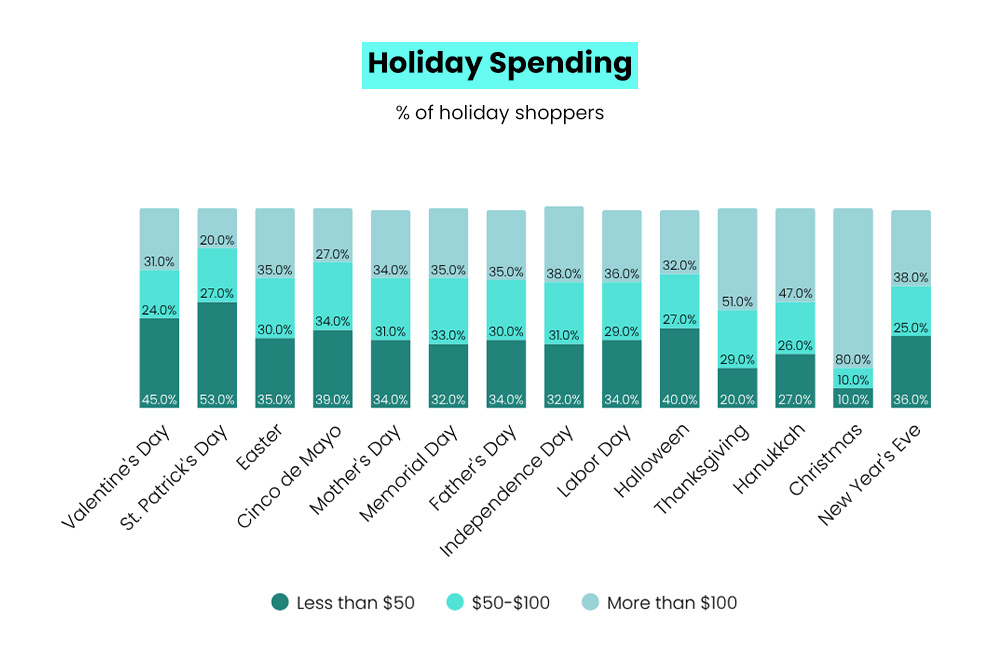
4. Display clear shipping and return policies
- Be upfront about return windows and delivery timelines.
- Increases conversion by reducing shopper uncertainty.
5. Show trust signals prominently
- Include reviews, verified purchase badges, and star ratings on product pages.
- Helps reassure skeptical or first-time buyers.
- According to SEJ, 99.9% of shoppers read reviews before buying online, and half of them trust reviews as much as recommendations from friends or family.
6. Use compare-at pricing the right way
- Highlight real savings without misleading customers.
- Use Shopify’s native pricing fields for clean execution.
7. Deepen product detail content
- Include materials, ingredients, use cases, and certifications.
- Smart shoppers look for transparency before purchasing.
- According to Forbes, 70% of online shoppers say product content can make or break a sale.
8. Highlight values with badges and certifications
- If you’re eco-friendly, cruelty-free, B Corp, etc., show it clearly.
- Reinforces ethical positioning and supports customer engagement strategies.
9. Launch value-first gift collections
- Curate sections like “Holiday Deals Under $50” or “Smart Gift Picks.”
- Makes decision-making faster and more focused.
10. Incentivize early full-price purchases
- Offer loyalty points, gift cards, or rewards for early shoppers.
- Encourages conversion before markdown season begins.
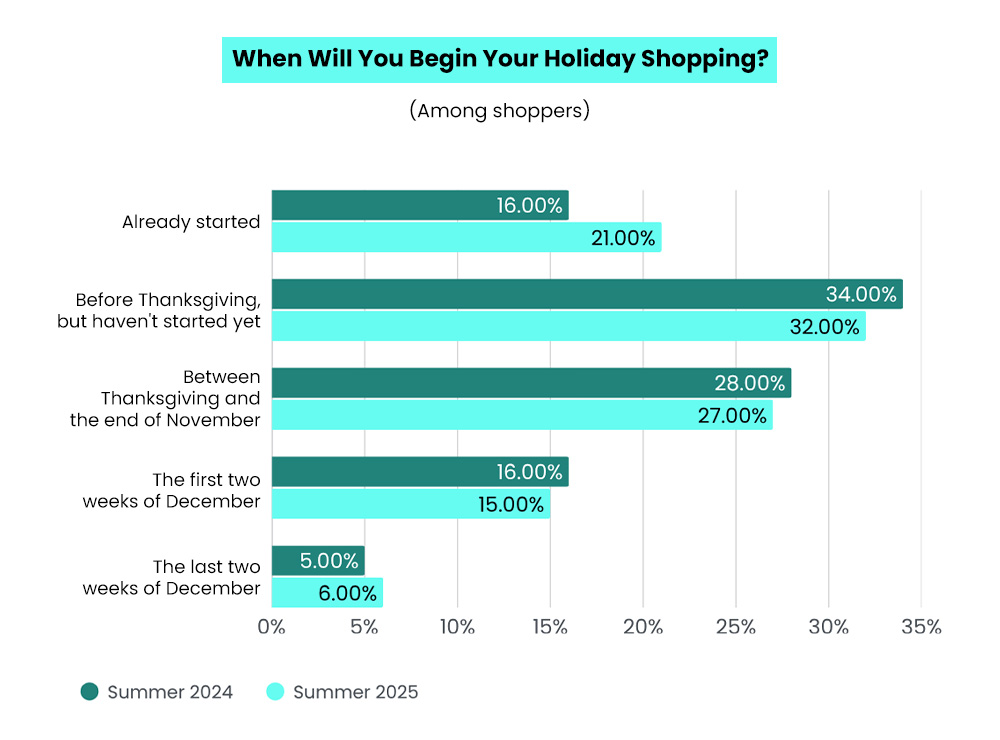
Pro Tip: Today’s shopper is value-conscious and values-driven. Combine fair pricing, transparency, and purpose-led messaging to win their loyalty.
Holiday Shopping Trends No. 3: Personalized Experiences and Targeted Marketing
Shoppers now expect brands to know who they are, what they like, what they’ve bought, and what they’re likely to want. Generic is dead. The more relevant and frictionless your experience, the better you convert (and retain).
According to McKinsey, 71% of consumers expect companies to deliver personalized interactions, and 76% get frustrated when this doesn’t happen.
How to Act on This Trend:
1. Personalized product recommendations
- Use AI tools and customer behavior data to recommend the most relevant products.
- Improves the personalized shopping experience and boosts conversion rates.
- According to Accenture, 55% shoppers are open to letting an artificial intelligence (AI) agent actually place an order for them.
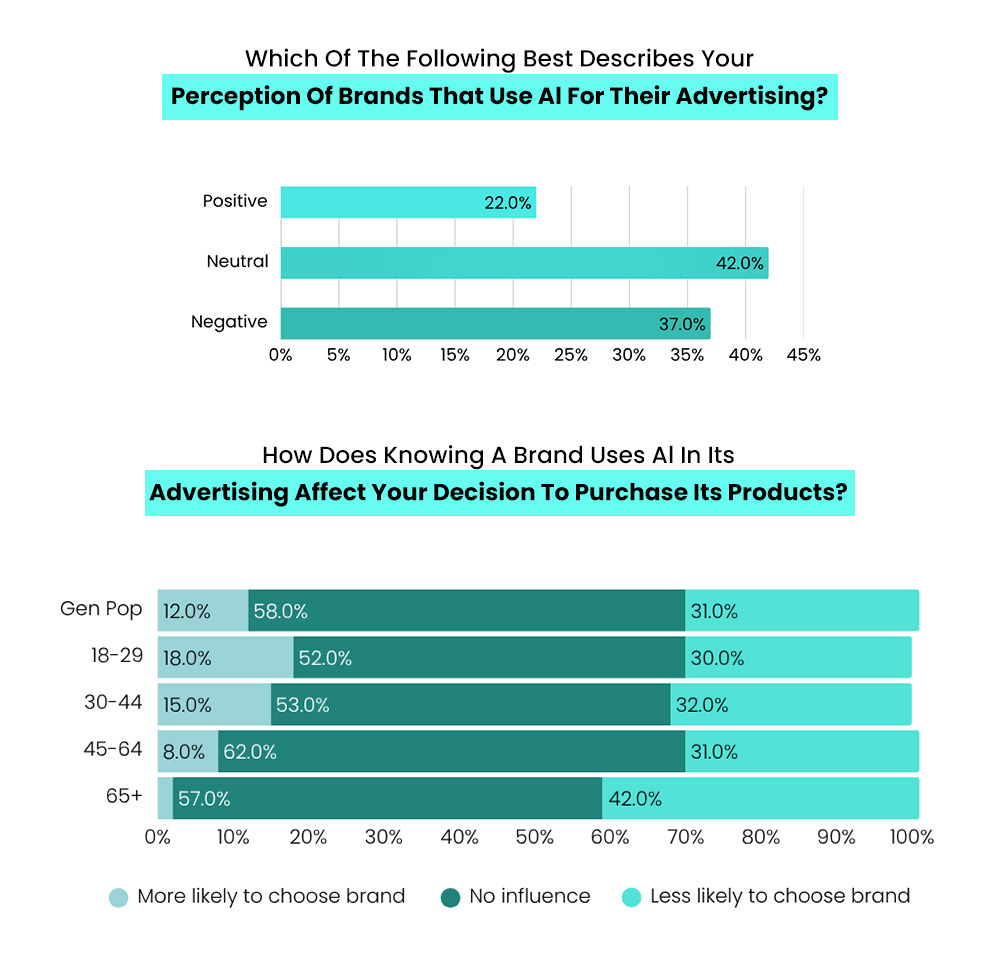
2. Segmented marketing by demo/behavior
- Divide your audience into segments based on demographics, shopping history, and interests.
- Allows for targeted email, SMS, and ad campaigns that resonate more deeply.
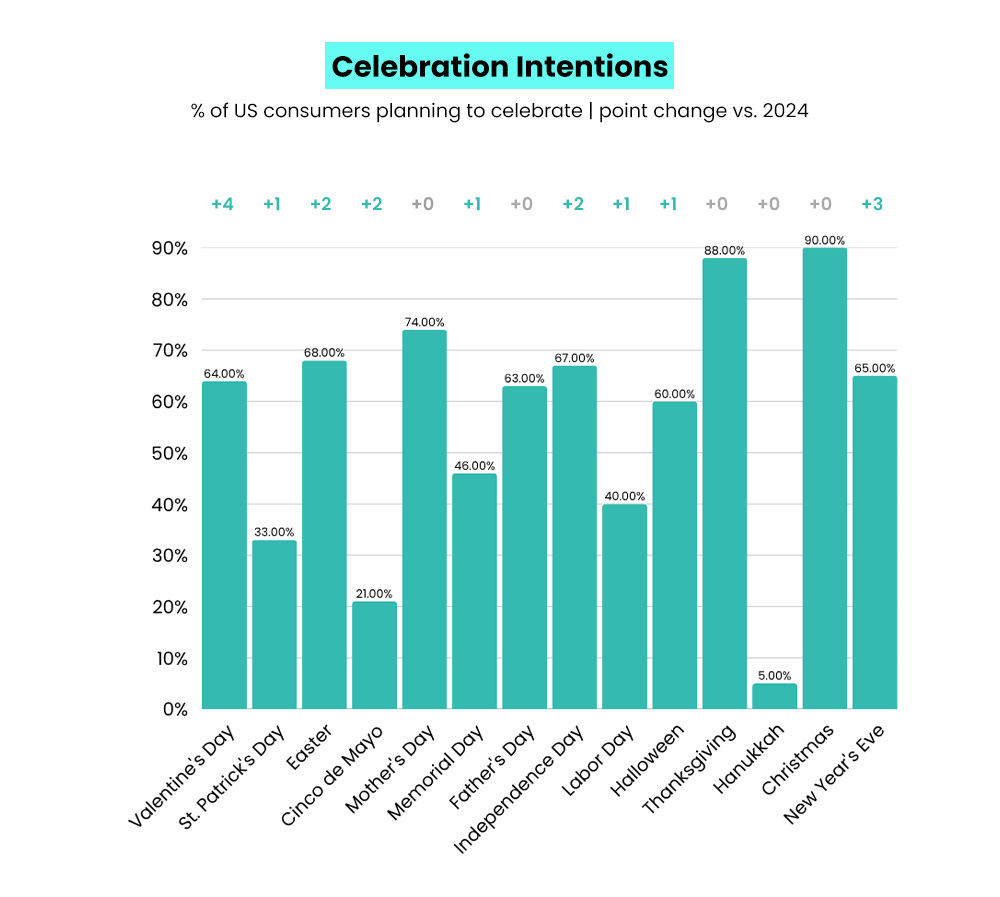
3. Personalized gift sets and bundles
- Curate unique combinations of products tailored to gifting occasions or shopper profiles.
- Makes the shopping process easier while increasing cart value.
4. Set up behavior-triggered email flows
- Create flows for abandoned carts, browse abandonment, and gift-browsing reminders.
- Include “We think you’ll love…” follow-ups to re-engage interest.
5. Send personalized SMS messages
- Use names and product data in texts to follow up (“[Name], your Wishlist item is back — and 20% off!”).
- SMS cuts through the clutter during the crowded holiday shopping season.
6. Segment VIPs for early access and perks
- Reward high-value customers with exclusive deals and early access to drops.
- Deepens loyalty and increases repeat purchases.
7. Apply geo-based personalization
- Tailor banners, shipping cutoffs, and homepage offers based on user location.
- Improves relevance and urgency.
8. Retarget with specific relevance
- Use Facebook and Instagram retargeting to show users exactly what they browsed or left in their cart.
- Avoid generic ads—focus on personalized product bundles.
9. Add personalized upsells at checkout
- Show relevant add-ons based on cart contents (“Add this accessory for $5 more”).
- Increases AOV without adding friction.
10. Offer name personalization on products
- Let customers add names, initials, or gift messages where possible.
- Increases emotional value and gift appeal.
11. Make post-purchase recommendations smarter
- Recommend products based on what they just bought—not random bestsellers.
- Keeps customers engaged and builds lifetime value.
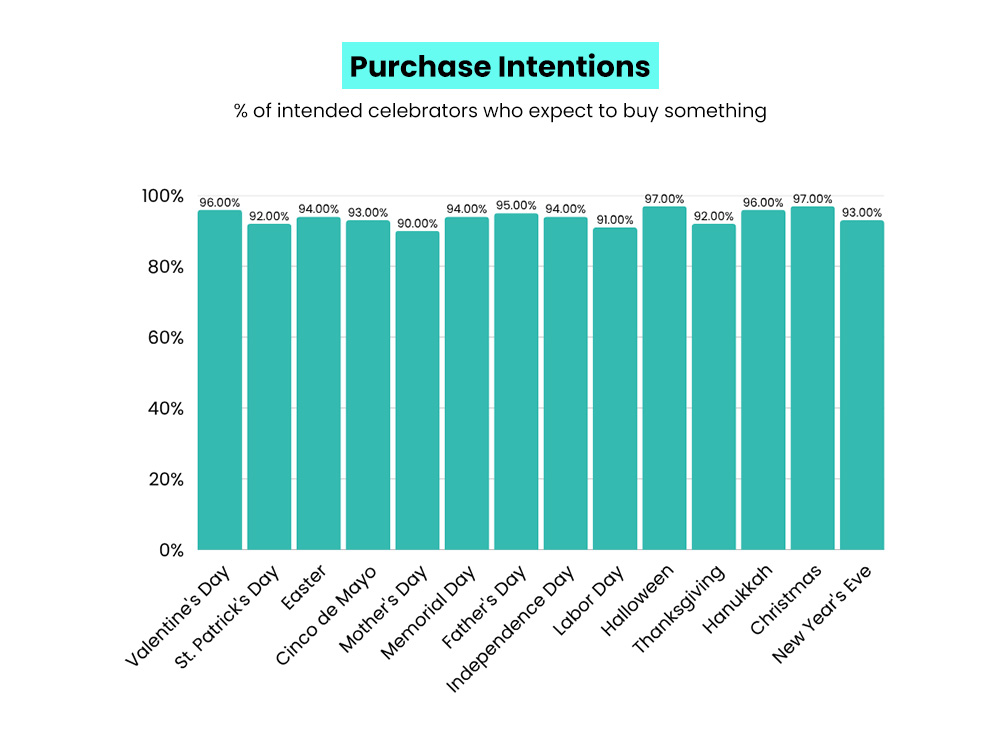
Pro Tip: Personalization goes beyond a name tag—it’s about relevance. Use real data to deliver experiences that feel intuitive, thoughtful, and timely.
Holiday Shopping Trends No. 4: Content-Driven Commerce
Shoppers don’t just browse products—they engage with content. Discovery now happens through storytelling, social proof, and entertainment. Brands that think like media companies win attention and build trust faster.
How to Act on This Trend:
1. Create holiday-themed content across social
- Use seasonal visuals, copy, and formats across platforms to stay timely and relevant.
- Helps drive visibility during the busiest online shopping season.
2. Turn UGC into trust-building content everywhere
- Feature real customer photos, reviews, and unboxing videos across product pages, emails, and social feeds.
- Builds trust and authenticity without sounding like an ad.
- According to Shopify, shoppers who engage with UGC reviews convert 144% more often and generate 162% higher revenue per visitor.
3. Run contests and giveaways
- Boost engagement with tactics like “tag a friend” or “share to win.”
- Helps expand reach and collect fresh UGC.
4. Launch influencer-led holiday campaigns
- Collaborate with creators to promote gift collections, bundles, or flash deals.
- Leverages influencer marketing to tap into new, targeted audiences.
5. Use short-form and live video content
- Post Reels, TikToks, and go live for product demos or Q&A sessions.
- Humanizes the brand and keeps attention longer.
6. Add interactive formats like quizzes, polls, and lookbooks
- Encourage active engagement and help guide purchase decisions.
- Keeps your brand top-of-mind in an overwhelmed content feed.
7. Integrate shoppable content
- Tag products directly in Reels, TikToks, Instagram Stories, and Shopify blog posts or gift guides.
- Makes it easy to shop without breaking the content flow.
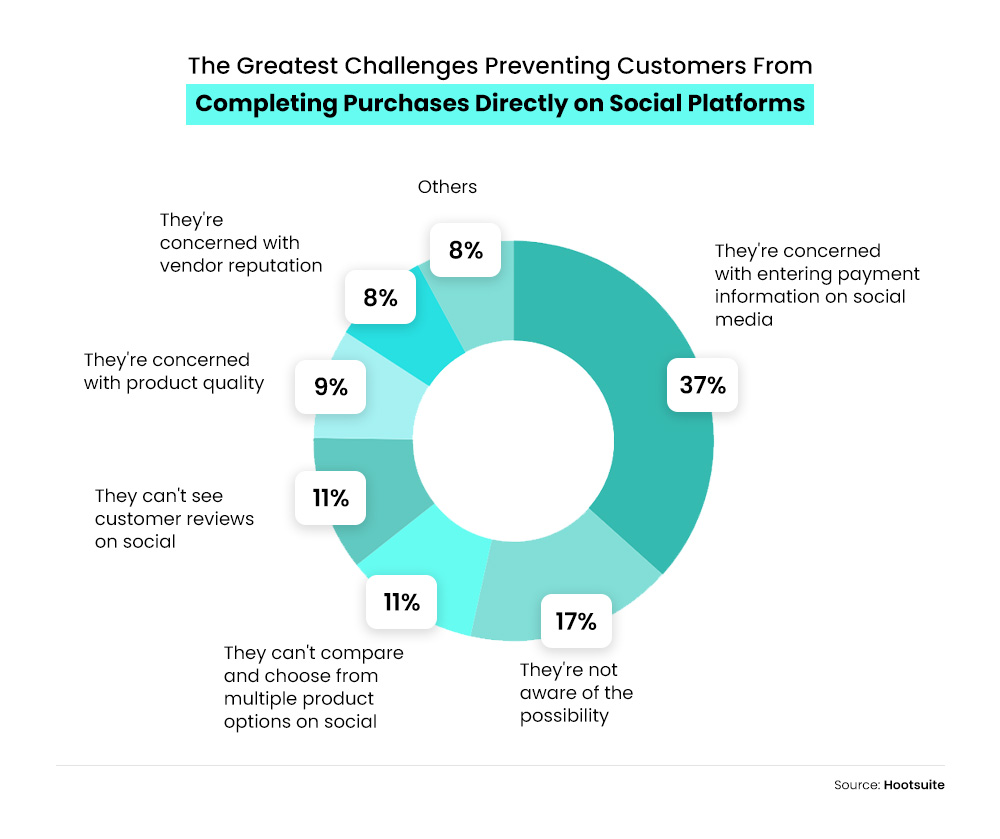
8. Segment content by persona
- Customize content for specific shopper types (e.g., “Gifts for New Dads” or “Holiday Looks for Gen Z”).
- Improves relevance and shortens the path to conversion.
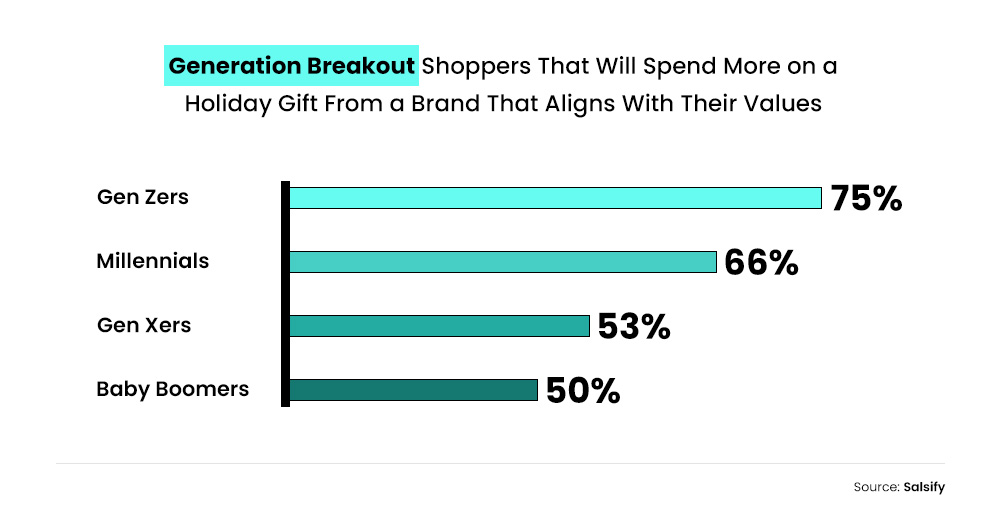
9. Run a “12 Days of Content” campaign
- Roll out daily content across formats: one blog, one story, one giveaway, one reel.
- Keeps engagement consistent throughout the core holiday sales window.
10. Repurpose content across platforms
- Turn one blog into a carousel, a reel into a GIF email, or a quiz into a paid ad.
- Increases ROI and saves production time.
11. Show behind-the-scenes storytelling
- Share the making, packing, or shipping process for holiday items.
- Adds emotional depth and enhances brand storytelling.
12. Use post-purchase content to extend engagement
- Send follow-ups like “5 ways to use your new product” or “How to wrap it like a pro.”
- Adds value and opens the door to upsells or reviews.
13. Launch products with a story arc
- Use multi-part IG Stories or TikTok series to tease and reveal new drops.
- Generates anticipation and makes product launches feel like events.
Pro Tip: Content isn’t just what sells—it’s how you sell. Think like a publisher, execute like a retailer.
Holiday Shopping Trends No. 5: Mobile Is the Main Storefront
The phone is the mall now. If your site doesn’t load fast, feel intuitive, and convert in seconds, you’ve lost the sale. In 2025, being mobile-friendly isn’t a design preference anymore. It’s a survival tactic to ensure holiday shopping season success.
According to Adobe, U.S. holiday sales on mobile devices reached $131.5 billion last year, accounting for 54.4% of the overall online total.
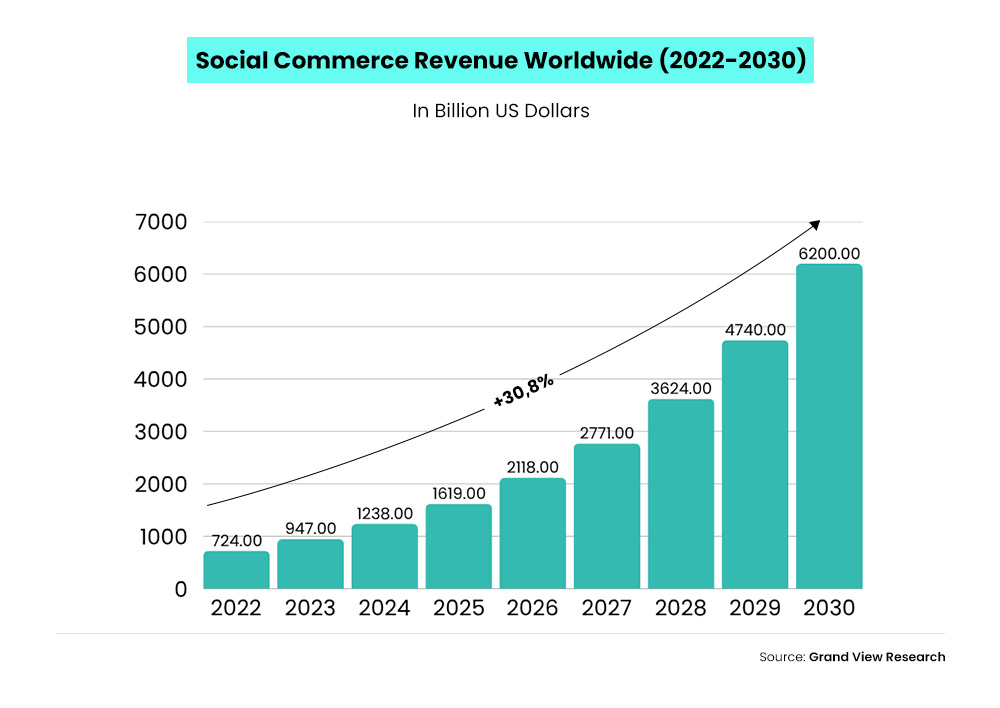
How to Act on This Trend:
1. Use thumb-friendly design and mobile-first CTAs
- Ensure buttons are large, visible, and easy to tap on small screens.
- Design with the “thumb zone” in mind to reduce friction and miss-clicks.
- Keep “Add to Cart” or “Buy Now” buttons visible as users scroll, especially on long product pages.
2. Send in-app push promos at the right time
- Trigger push notifications for flash sales, restocks, or gift guide releases.
- Use click-to-copy functionality on promo codes.
- Helps drive re-engagement without relying on email open rates.
3. Enable mobile wallets and autofill
- Let customers pay with Apple Pay, Google Pay, and other mobile wallet options.
- Autofill speeds up checkout and reduces abandonment.
4. Leverage SMS marketing for mobile-first touchpoints
- Send promotions, reminders, and delivery updates via SMS.
- Send cart nudges, shipping alerts, and early access to holiday drops.
5. Optimize your site speed for mobile
- Compress images, lazy-load videos, and trim down third-party scripts that slow load time.
- Use Shopify’s built-in speed reports or tools like GT Metrix to stay fast.
6. Optimize your bottom navigation bar
- Include sticky access to Shop, Gift Guide, Cart, and Search.
- Reduces taps and keeps users moving through the funnel.
7. Make product reviews mobile-readable
- Keep the font readable and the layout scrollable.
- Include buyer photos, verified badges, and filter options that work on smaller screens.
Pro Tip: Mobile isn’t a second screen—it’s the first and often the only. Design, write, and sell like every shopper is buying from their phone… because they probably are.
Holiday Shopping Trends No. 6: Enhanced Website Performance & UX
During the holiday rush, even a 1-second delay or confusing menu can cost sales. In 2025, your holiday shoppers expect your site to be fast, friction-free, and intuitive — or they’ll bounce. Your Shopify store isn’t just a storefront. It’s your closer.
How to Act on This Trend:
1. Run a website speed audit
- Use Google PageSpeed Insights or Shopify’s built-in tools to benchmark speed.
- Site lag kills conversions, especially on mobile during peak traffic.
- According to Google, 53% of visits are abandoned if a mobile site takes longer than 3 seconds to load.
2. Keep navigation and gift guides ultra-simple
- Streamline menus and make your holiday guides easy to access.
- Fewer clicks = less friction = higher conversion.
3. Optimize checkout for guests
- Don’t force account creation—make guest checkout fast and easy.
- Helps reduce drop-off from first-time shoppers.
- According to Shopify, if you’re not offering guest checkout and social login, you’re losing sales to the competition.
4. Use clear CTAs on key landing pages
- Ensure every holiday page has obvious “Shop Now” or “Add to Cart” buttons.
- Don’t leave visitors wondering what to do next.
- According to statistics, clear, specific CTAs can boost conversion rates by up to 161%.
5. Homepage clarity logic
In the first 5 seconds, can a visitor answer:
- What do you sell?
- What’s your holiday offer?
- Where should I click next?
- If they can’t answer those fast, you’re losing them.
6. Improve gift guide access and logic
Create top navigation, homepage, and banner entry points for guides:
- By budget ($25, $50, $100)
- By recipient (Her, Him, Kids, Co-Workers)
- By theme (Eco-Friendly, Last-Minute, Luxury)
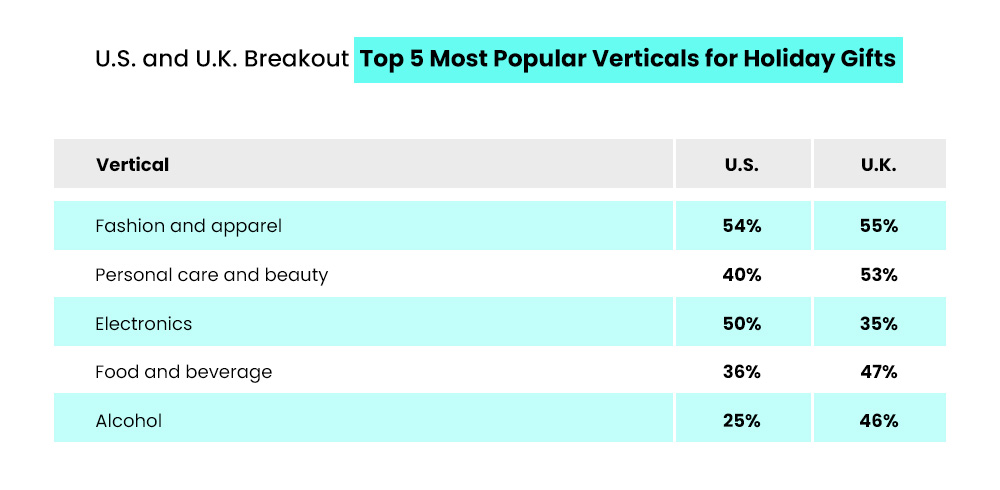
7. Upgrade your search functionality
- Add predictive results, typo tolerance, and filters by shipping speed or price.
- Helps shoppers find what they want—fast.
8. Add exit-intent popups to capture interest
- “Before you go, get 10% off!” for new visitors
- “Only 3 left in stock” urgency for cart abandoners
- Turn hesitation into action.
9. Display trust signals
- Add secure checkout badges, return policies, and verified reviews.
- Builds confidence at the moment of decision.
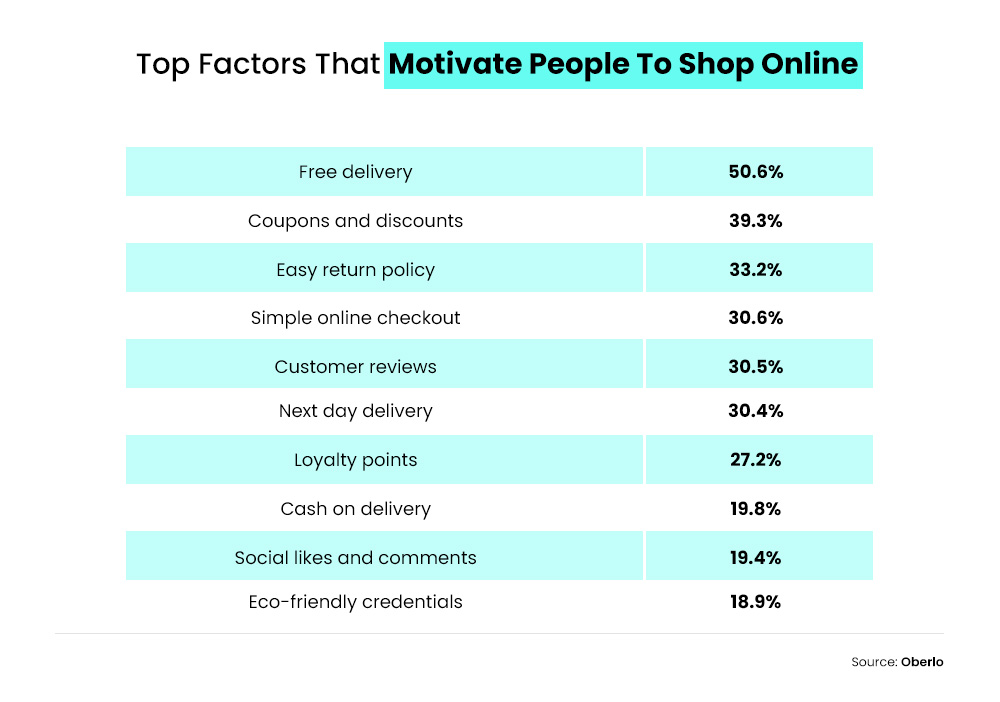
10. Refresh your hero section for the holidays
- Swap generic images for seasonal promos tied to your top-selling categories.
- First impressions count—especially in the holiday shopping season.
11. Enhance every product detail page (PDP)
- Include multiple images/videos, size guides, FAQs, and delivery timelines.
- Make sure Add-to-Cart is visible above the fold.
12. Ensure accessibility compliance
- Use high-contrast colors, alt text, and keyboard navigation.
- Boosts usability for all shoppers and improves SEO.
Pro Tip: Don’t just think “pretty site.” Think performing site. Every second saved and every click simplified gets you closer to the sale.
Holiday Shopping Trends No. 7: Shoppers Expect Seamless Omni-level Experiences Everywhere
Shoppers don’t see “channels.” They just expect to pick up where they left off—whether it’s an Instagram ad, your homepage, their email, or your store.. Any break in the flow feels like friction. In 2025, a strong omnichannel strategy isn’t just efficient—it’s expected.
According to Think With Google, customers rarely shop strictly offline or online—they usually use several channels and touchpoints before making a purchase.
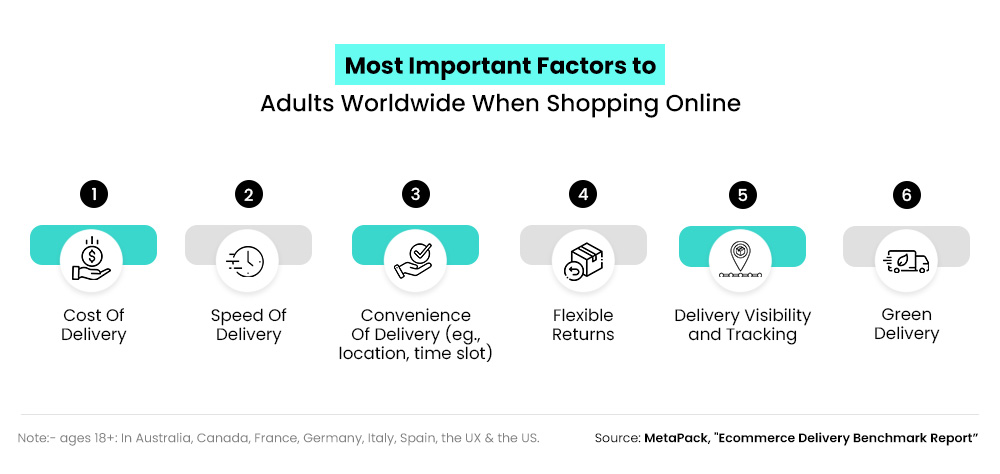
How to Act on This Trend:
1. Sync inventory and customer data across online and in-store
- Use Shopify POS to unify your stock, loyalty data, and purchase history.
- Whether someone shops online or in-store, the experience and availability should match.
2. Enable cross-device shopping
- Let shoppers log in to save items to wishlists, view order history, resume abandoned carts across devices, and use stored payment/shipping info
- Continuity across devices boosts conversion and retention.
3. Keep creative and messaging aligned across platforms
- Match product names, pricing, and tone across ads, emails, and the site.
- A consistent brand voice builds recognition and trust, especially during the noisy holiday season.
4. Ensure promo codes work everywhere
- Holiday discounts should apply seamlessly on email, SMS, website, and social platforms.
- Avoid frustrating disconnects that lead to lost sales.
5. Unify customer support across channels
- Use tools like Gorgias or Zendesk to manage support from email, chat, and social DMs in one place.
- No more repeating info or breaking context—just fast, smooth resolutions.
6. Use Shopify Flow to automate omnichannel touchpoints
Trigger actions like:
- “New Instagram follower = Send welcome promo”
- “In-store purchase = Send product education email”
- Keeps your systems talking and your marketing proactive.
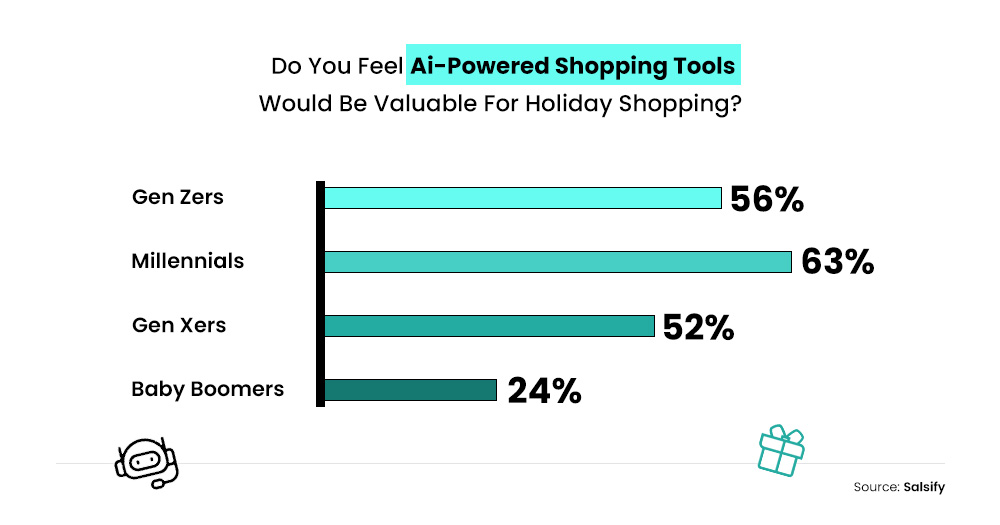
7. Integrate platform-specific enhancements
- Build IG Shop collections, run TikTok-exclusive drops, or use Pinterest boards like “Gifts By Aesthetic.”
- Meet users where they already browse and shop.
8. Make QR codes work harder in physical spaces
- Let shoppers scan to jump to product pages, SMS offers, or holiday collections.
- Great for pop-ups and events where offline meets online.
9. Create a unified post-purchase journey
- From order confirmations to SMS updates and loyalty emails—keep voice and design consistent.
- Reinforces brand trust and encourages repeat purchases.
Pro Tip: Omnichannel doesn’t mean being everywhere. It means being consistent everywhere your customers already are.
Holiday Shopping Trends No. 8: Trust Is a Deciding Factor
Holiday shoppers are ready to spend—but only with brands they trust. In 2025, skepticism is high. Late deliveries, vague return policies, and missing contact info are all deal-breakers.
A study by GBG found that retailers could lose up to a quarter of their customer base due to late holiday deliveries.
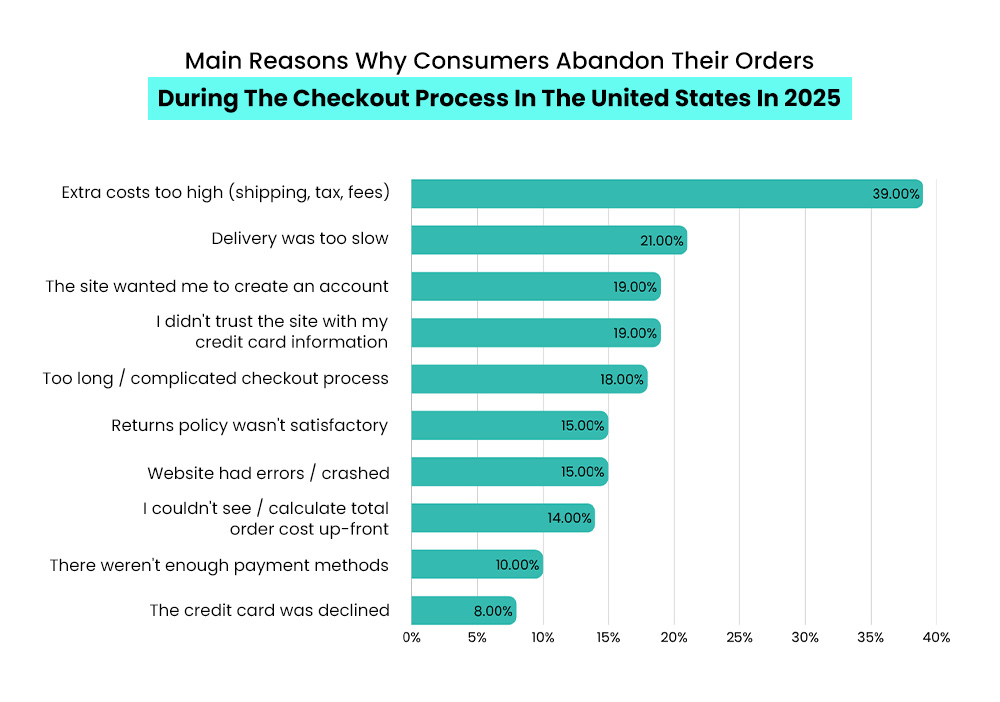
How to Act on This Trend:
1. Show verified reviews—and let users filter them
- Add filters by rating or keywords like “gift” or “shipping.”
- Prioritize reviews with visuals—UGC builds instant credibility.
2. Highlight real-time delivery cutoffs
- Use countdowns like “Order within 3h 45m for Christmas delivery.”
- Combines urgency with confidence—buyers know what to expect.
3. Add FAQ sections to product pages
- Cover key questions on shipping, returns, sizing, and gift wrapping.
- Reduces bounce by addressing objections before they arise.
4. Label top-rated products with badges
- Use callouts like “4.8 ★ Rated by 2,300+ Shoppers” or “Most Gifted.”
- Gives hesitant buyers social proof at a glance.
5. Use microcopy to reinforce confidence
Examples:
- At checkout: “30-Day Free Returns. 100% Secure Payment.”
- On-site banner: “Trusted by over 10,000 holiday shoppers.”
6. Be transparent post-purchase
- Confirm estimated delivery dates and return policies on the thank-you page and via email.
- Reduces anxiety and WISMO inquiries.
7. Create a “Why Trust Us” page
- Briefly outline refund policies, secure payments, and customer service standards.
- Link it from your footer or FAQs.
8. Humanize your brand with founder content
- Share messages from your founder, behind-the-scenes videos, or packaging stories.
- People trust people—especially during the holidays.
Pro Tip: If trust isn’t obvious, it doesn’t exist. Don’t make shoppers hope your store is legit—prove it at every touchpoint.
Holiday Shopping Trends No. 9: Maintain Post-Holiday Momentum
The holiday season doesn’t end on December 25—it evolves. Between gift card redemptions, returns, and self-gifting, January is quietly one of the most valuable months. Brands that stay active while competitors go silent can lock in loyalty and revenue well into Q1.
How to Act on This Trend:
1. Target gift card holders right after Christmas
- Send follow-ups to gift card recipients with:
“Your perfect first purchase” guides & Bonus credit offers (e.g., “Spend $50, get $10 extra”)
- Keeps engagement high and nudges first purchases.
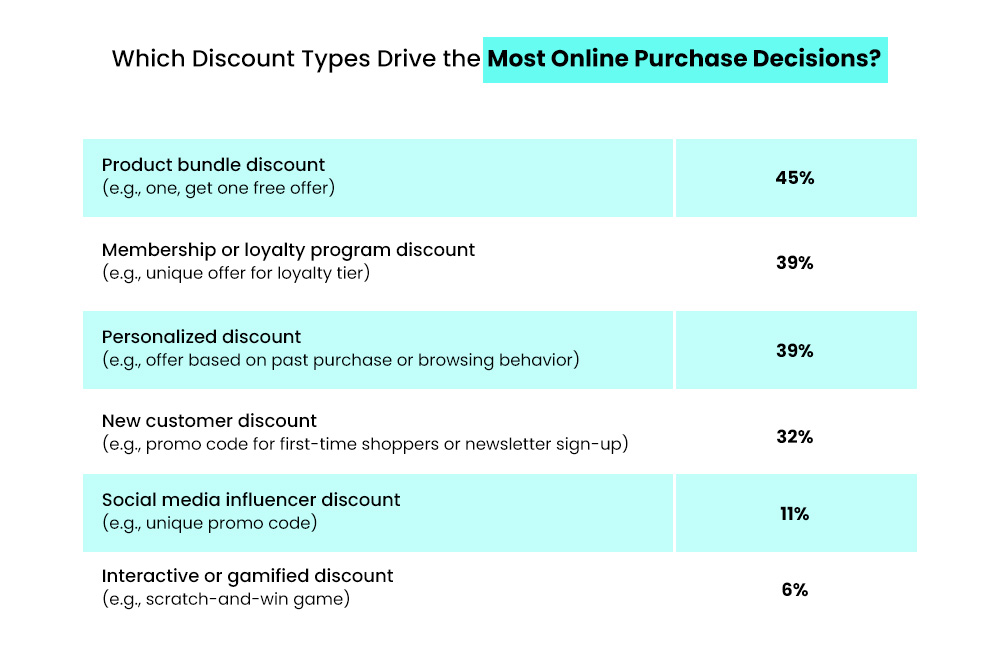
2. Shift to self-gifting language
- Use copy like:
“You made everyone else happy — now it’s your turn.”
“Start 2026 with [your product] in your corner.”
- Taps into the post-holiday mindset.
3. Turn returns into upsell moments
In your returns portal, offer:
- Store credit bonuses
- “You might like this instead,” suggestions
- Personalized swaps based on original purchase
4. Launch “New Year, New You” collections
- Tie into fresh starts with curated January drops:
Wellness, self-care, productivity, wardrobe refresh
- Works especially well for beauty, fitness, and lifestyle brands.
5. Segment and run win-back email flows
Re-engage non-converters and one-time shoppers with:
- “Still thinking about this?” nudges
- “You missed this—here’s something better,” offers
6. Recap loyalty rewards to re-engage seasonal shoppers
- Send January reminders like:
“You earned 250 points—redeem for $15 off”
- Reinforces retention through value and recognition.
7. Offer subscription and refill nudges
- Use messaging like:
“Loved your gift? Get it monthly.”
“Restock now and save 15%”
- January is prime time to pitch longer-term value.
Pro Tip: The best brands don’t just acquire—they activate. January is your moment to turn holiday traffic into lifetime value.
Final Words
The 2025 holiday shopping trends aren’t just about selling more — it’s about selling smarter, building trust, and creating a seamless experience across every channel.
Remember, with economic uncertainty still in play, consumers are spending more cautiously but not cutting back completely. Instead, they’re shopping smarter, earlier, and with higher expectations than ever before.
So, this year, it’s not enough to run a discount. You need to think like a media brand, operate like a tech company, and serve like a concierge. From discovery to delivery (and beyond), every touchpoint matters.
FAQs (Frequently Asked Questions)
Q1. When should Shopify merchants start preparing for the 2025 holiday season?
Ans: Start in August. By September, your campaigns, gift guides, inventory, and shipping timelines should be tested and ready. Early birds are already shopping—don’t risk being left behind.
Q2. What’s the role of AI in shaping 2025’s holiday shopping trends?
Ans: AI is powering real-time personalization, smart product recommendations, inventory forecasting, and even customer support.
Q3. Are holiday shopping trends in 2025 different across regions or markets?
Ans: Yes. While the core trends—like mobile-first shopping, personalization, and social commerce—are global, regional differences do matter.
Q4. How should Shopify brands use trends to build a 2025 holiday strategy?
Ans: Don’t copy-paste every trend. Pick the ones that fit your customer, your voice, and your product. Trends should amplify what you do best—not distract from it.
Q5. What tools can help personalize the holiday shopping experience on Shopify?
Ans: You can use:
Klaviyo for personalized email/SMS flows
Octane AI for gift finder quizzes
Rebuy or LimeSpot for product recommendations
Shopify Flow for automated segmentation
Gorgias for behavior-based customer support
Did you find this article helpful? More holiday marketing tips are coming soon—stay tuned to our blog for the latest updates!